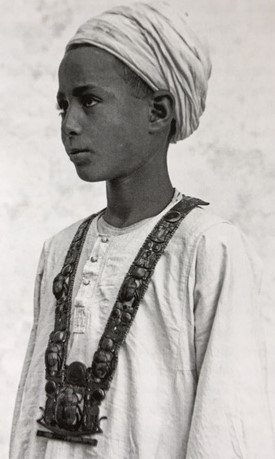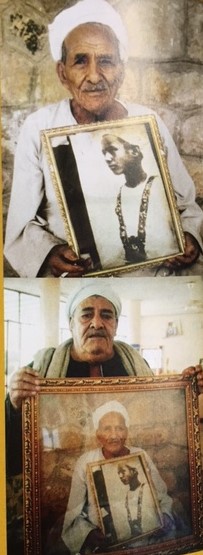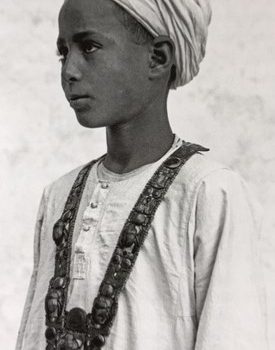
Most have heard the story of how on November 4th, 1922, Howard Carter discovered the celebrated tomb of Tutankhamun hidden in the sands of the Valley of Kings near Luxor, Egypt. King Tut’s Tomb was one of the most incredible discoveries of the century and it had remained untouched since the boy king’s burial chamber was sealed over 3,000 years before.
The famous line of Howard Carter, ‘Yes, wonderful things’, when answering, ‘Can you see anything’, asked by Lord Carnarvon, who was funding the search, continues to echo in our hearts. They had just opened a small hole and were peeping through the door of the tomb. What was seen was the tomb contained extraordinary artifacts and unimaginable treasures which went on to amaze the world when brought back to the surface.
There is a back story to the discovery that is often forgotten, though. It demonstrates how perseverance and a bit of luck pay off. ( I’ve written about part of it before: The Sacred Vessel in King Tut’s Tomb.)
Before the remarkable discovery, Howard Carter’s team had been searching unsuccessfully for over 6 years. The excavation was almost cancelled for the season because of lacking evidence a tomb would be found. But Carter convinced Lord Carnarvon to give him one more season to search. He believed fully he would be able to discover a tomb in this section of the Valley of Kings.
And while the ‘almost gave up on the search’ inspires us all to keep on in our own search for treasures, there is another part to this discovery that needs mentioned too.
The initial stone step, which led down to the tomb, was discovered by accident on the day of November 4th by a young water boy named Hussein Abdel Rasoul. Twice a day he would bring large pottery jars filled with water to the excavation site for the workers. The jars were tied with rope and placed on the back of donkey to make the journey.
At the site, the boy would take the jars off the donkey and set them in the sands. However, because the jars were pointed on the bottom, he would have to dig out some of the sand to set the jars in so they would remain upright. While swishing the sand away that miraculous day, he uncovered a flat stone which looked as if it was sculpted. He rushed to tell the workers of his find, and basically the rest is history. The excavation continued down the set of steps, from this first, to the door of the tomb!

It is difficult to determine if the step would have been later found by the workers or if they would have continued working in a different location. Might the discovery have been missed if not for the water boy doing his job? Might the tomb still be left undiscovered?
A photograph captures the boy’s exceptional part in the discovery. After the tomb was excavated, a necklace from the tomb was placed over his head. The Sacred Scarab necklace was only one of the many treasures found below the sands he had first scraped away. This particular treasure now hung on his neck as a result.
Years later, the young boy, now an old man, held the photograph of himself enjoying that moment. And then later, the son of that once young boy, held the photograph with the old man holding the photograph.
What a treasure the photographs are. They take you back to the moment in time when a young boy was acknowledged for his part in this fascinating story, and is remembered. You never know when or how a treasure is to be found!
Best of luck with all that you seek! Always treasure the Adventure!
.


What a great story!